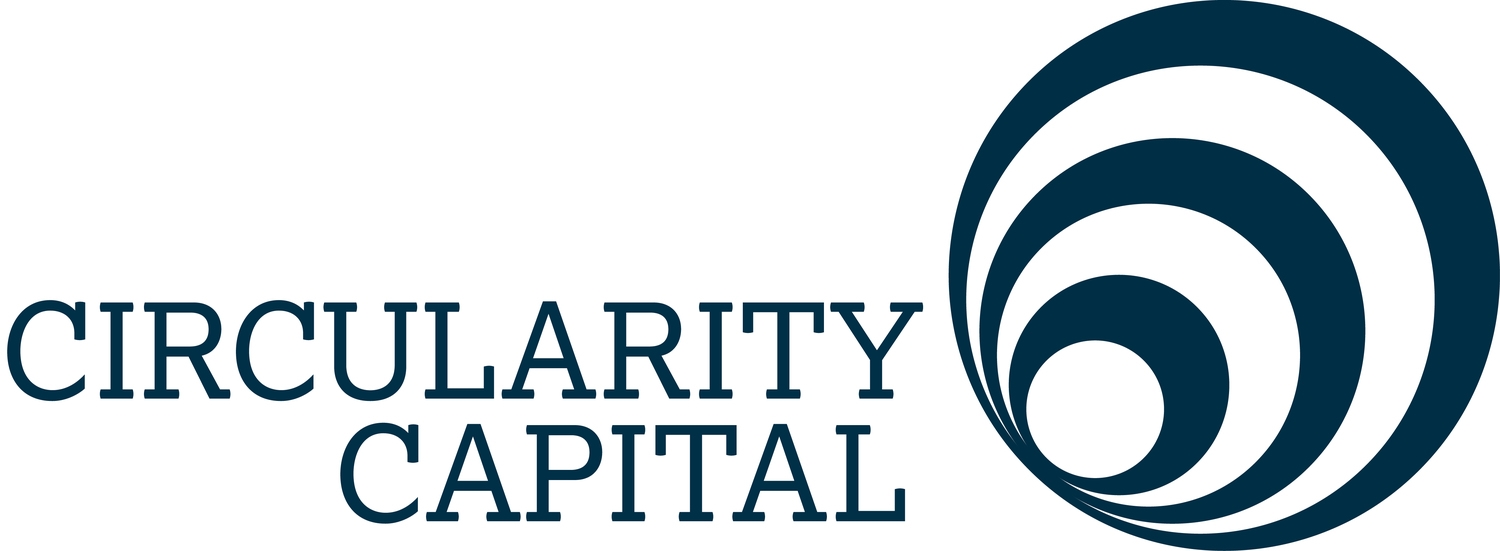An Industrial System That is Restorative By Design
The circular economy is a generic term for an industrial economy that is, by design, restorative and in which component and material flows are of two types:
Biological nutrients, designed to re-enter the biosphere safely; and
Technical nutrients or assets, which are designed to circulate at high quality (without entering the biosphere).
A circular economy aims to ‘design out’ waste. Waste does not exist—products are designed and optimised to re-enter the economy whilst maintaining maximum value. The ability to cycle products, materials and components at their highest integrity defines the circular economy and sets it apart from disposal and recycling – where large amounts of embedded energy, materials and labour are lost.
The circular economy outlines a set of enabling system conditions and provides a framework for the transformation of the economy through the restoration of eco-system services, shift to renewable energy, elimination of waste and pollution and increased resilience of financial and labour markets.
The circular economy provides a framework for decoupling business growth from resource constraints, enhancing resource productivity, decarbonising supply chains and driving competitive advantages. In a global macroeconomic environment that is driving the transition away from an inefficient linear economy to a circular economy, companies that seize the growth opportunity can generate premium returns for investors.


